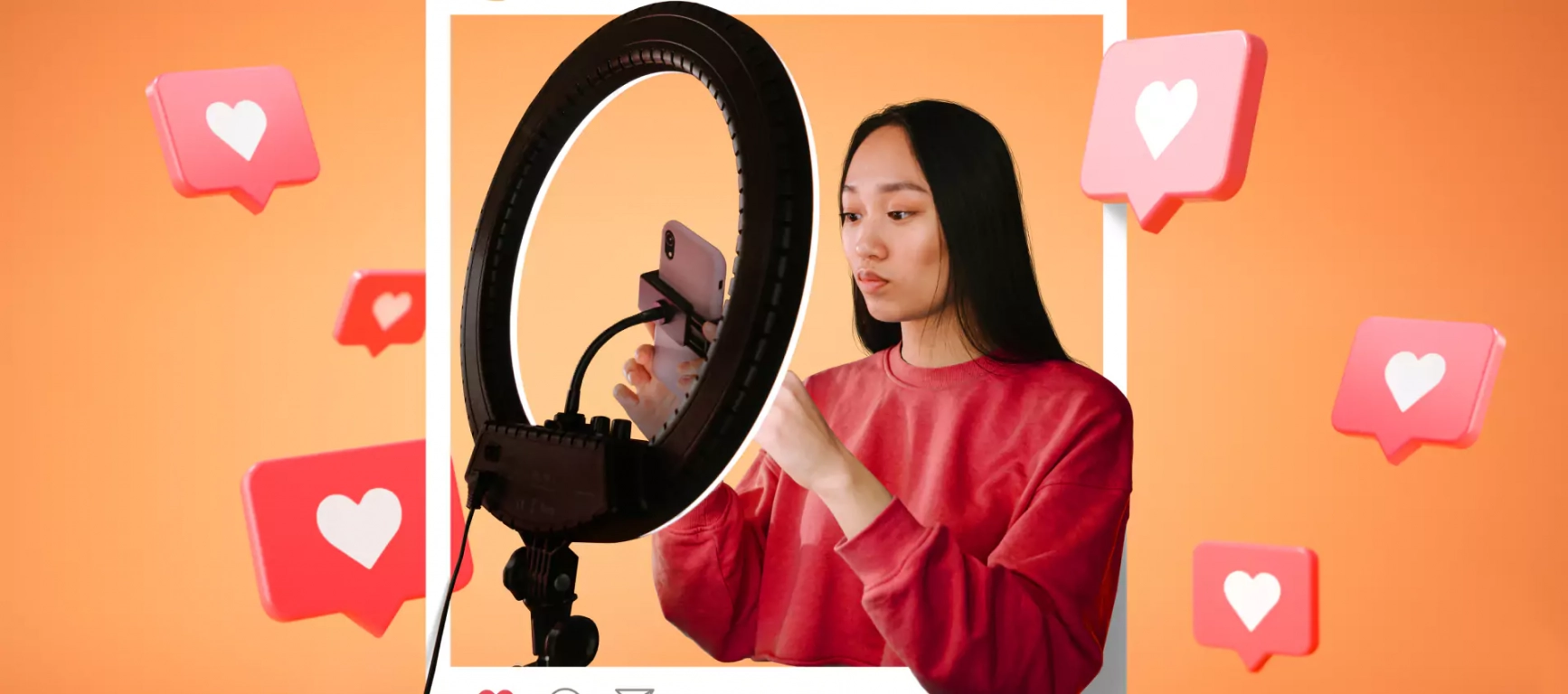Micro vs. Macro Influencers: Decoding the Right Fit for Your Brand

Micro vs. Macro Influencers: Choosing the Best for You
Social media has ingrained itself into our daily lives in the current digital era. And with its rise, influencer marketing has emerged as a powerful tool for brands to reach their target audience. It entails collaborating with people who are well-known online in order to advertise a brand’s goods or services. These influencers can be celebrities, athletes, bloggers, or even everyday people with a large following.
But when it comes to influencer marketing, one of the biggest decisions brands face is choosing between micro-influencers and macro-influencers. Here’s a breakdown of each type of influencer and how to decide which is best for your brand:
Micro-Influencers
Micro-influencers typically have between 10,000 and 100,000 followers. While their audience reach may be smaller compared to macro-influencers, they often have a more engaged and loyal following. Their followers tend to trust their recommendations more, leading to higher engagement rates and better conversion rates for brands.
Strengths of Micro-Influencers
-
High Engagement Rates: As mentioned earlier, micro-influencers tend to have a more engaged audience. This means that their followers are more likely to like, comment on, and share their posts, which can increase brand awareness and engagement for your marketing campaign.
-
Targeted Reach: Micro-influencers usually focus on certain groups or markets. This allows brands to target a very specific audience that is more likely to be interested in their products or services.
-
Affordability: Typically, micro-influencer fees are far lesser than macro-influencers for marketing efforts. This can be a good option for brands with a limited marketing budget.
-
Authenticity: Compared to macro-influencers, micro-influencers are frequently seen as more personable and sincere. This can be a major advantage for brands looking to build trust and credibility with their target audience.
Weaknesses of Micro-Influencers
-
Limited Reach: As we discussed, micro-influencers have a smaller follower base compared to macro-influencers. This means that they can’t reach as many people with your marketing campaign.
-
Less Brand Awareness: Due to their smaller audience size, micro-influencers may not be as effective for brands looking to generate large-scale brand awareness.
Macro-Influencers
The number of followers for macro-influencers is often substantially higher, ranging from hundreds of thousands to millions. They can be celebrities, athletes, or social media stars with a broad reach.
Strengths of Macro-Influencers
-
Large Audience Reach: Macro-influencers can expose your brand to a massive audience, which can be beneficial for brands looking to generate brand awareness and reach a wide range of potential customers.
-
Increased Brand Credibility: Partnering with a well-known macro-influencer can add credibility and social proof to your brand.
Weaknesses of Macro-Influencers
-
Lower Engagement Rates: Macro-influencers often have lower engagement rates compared to micro-influencers. This means that their followers may be less likely to interact with their posts.
-
Higher Costs: In influencer marketing, partnering with micro-influencers is generally more cost-effective than macro-influencers.
-
Less Targeted Reach: Macro-influencers often have a broad audience that may not be as well-aligned with your target market.
Choosing the Right Influencer for Your Brand
The decision of whether to choose micro-influencers or macro-influencers for your brand depends on your specific marketing objectives. Here are some factors to consider:
-
Brand Awareness: Macro-influencers could be an excellent choice if reaching a broad audience and building brand recognition are your main objectives.
-
Engagement: If you’re looking for higher engagement rates and want to build relationships with your target audience, then micro-influencers may be a better choice.
-
Target Audience: Consider who your target audience is and which type of influencer they are more likely to trust and follow.
-
Budget: Influencer marketing campaigns can range in cost depending on the influencer’s reach and engagement rates. Make sure your budget aligns with your influencer selection.
Conclusion
Each type of influencer—micro and macro—has certain advantages and disadvantages of their own. The best influencer for your brand depends on your specific marketing goals and target audience. By carefully considering these factors, you can choose the right influencer to help you achieve your marketing objectives.